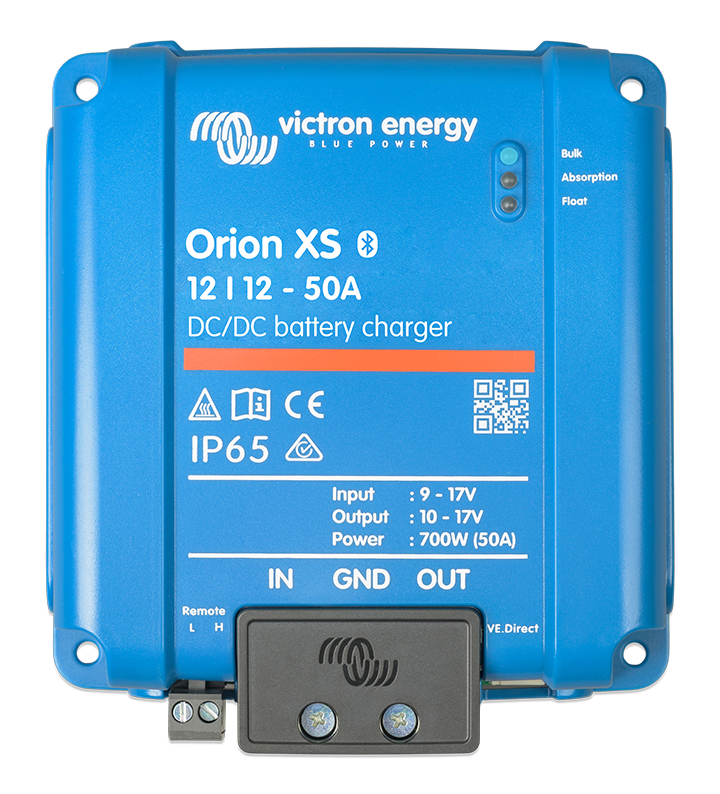One of the hopes when I started this thread was that there would be Black Friday specials on LiFePO4 batteries that would make them even more affordable, and that does appear to be possible. Epoch Batteries has a Black Friday discount code to apply at checkout. A 300 Ah battery in approximately a Group 31 footprint is available at a little more than 30% total discount off of its original price.
A single 300 Ah battery would more than double my usable capacity compared to my two 105 Ah FLA G31. The two FLA that I have now have been in place for two years, may be starting to show their age, and might need to be replaced next season anyway. At a little more than $800 (similar cost for one 300 Ah, or two 105 Ah), even if they only outlasted my 220 Ah of FLA batteries by double the typical FLA lifespan, I could break even on the actual cash outlay by the time that I paid for the second set of FLA batteries (maybe only a couple of years).
There are differing opinions expressed on LFPs biggest benefits, also different options for taking advantage of each of those characteristics. From my perspective, the biggest benefit is the increased capacity in the same (or smaller) footprint, not the fast charge capabilities. I don’t have the components necessary for fast charging, so that characteristic drops to about third place as I rank them. The reason I added solar was to either slowly charge the FLA house bank, or at least to slow the rate of discharge so that we could spend more time away from marinas or running the engine when cruising. This past September, we managed to stay out for nine straight days without having to connect to shore power…. pretty much any increase in battery capacity beyond what I have will mean that holding tank capacity will be the determining factor as to when we need to visit a marina.
If my priority is increased capacity and length of time between shore power or engine powered charging sessions, and LFPs can increase my battery capacity by multiples, at roughly double the purchase price of FLAs, then I would say that meets my original post criteria of giving me a big bang for my battery buck.
My current thinking, If I want to upgrade now, starting with what I have;
- Sterling PCU30 charger (with LFP charging profile or custom profiles)
- 220W solar w/ Victron MPPT 100/30 controller (LFP and custom profiles)
- Valeo 120A alternator (would only charge FLA start battery directly, as is)
- MOSFET battery isolator/combiner (might not really be doing anything?)
- FLA G24 start battery (would supply a DC-DC charger to pass alternator charge LFP house bank)
So am I correct in thinking that the only thing I might actually need to make the system work is a DC-DC charger (A Victron Orion 12/30 Isolated charger is available for $257 on Amazon via MarineHowTo Storefront). I had to spend more than that just to upgrade to my Sterling PCU30 when I put in the G31s to replace two G27 house batts a couple of years ago. But, I don’t really want to stop at just the minimum requirements and just drop in a different battery and call it good, so… I would also add a Victron Smart Shunt to monitor the system for $130.
If there are budget constraints now, and IF I decided to be cheap and only install one 300 Ah LFP now, could I add a second 300 Ah battery after next season without overly complicating things? Or, should I determine (or reduce) my total capacity needs and buy it all this year? Three 105 Ah batts would fit in the space that I have at a lower total purchase price than two 300 Ah batts. But, a 600 Ah capacity would definitely put me into the “Game Changer” range that
@Hayden Watson has managed to build. It is also possible that I would also upgrade to an Inverter/Charger (if I can find space for it), if I decide to completely ignore budgeting and decide to install as much as 600 Ah of capacity now.
Here are my favored battery options:
- Max capacity; Epoch 300 Ah $856 ea. (or x 2 = $1758) $2.93/Ah
- Best use of existing space; Epoch 105 Ah $399 ea. (x 2 = $798 or x 3 = $1197) $3.80/Ah
- Best pricer per Ah; Basen Green 160 Ah $416 ea. (x 2 = $832) $2.60/Ah
Charging system upgrade options: I will add a battery monitor, Victron Smart Shunt $130
Which of these makes the most sense?
- A DC - DC charger, Victron Orion 12/30 Isolated $257
- Or an external regulator kit for Valeo 120 A alternator
Balmar ARS-5 $410
Balmar ARS-618 $535
WWTF do?
(What Would The Forum do?)

